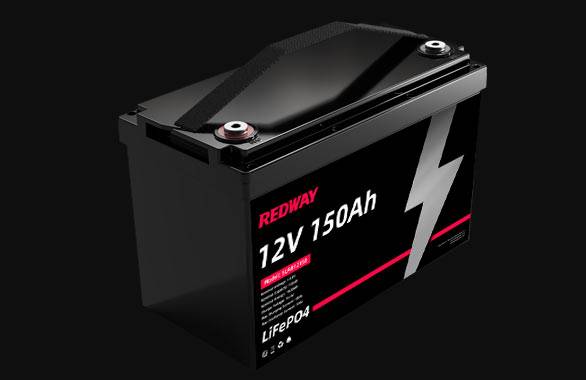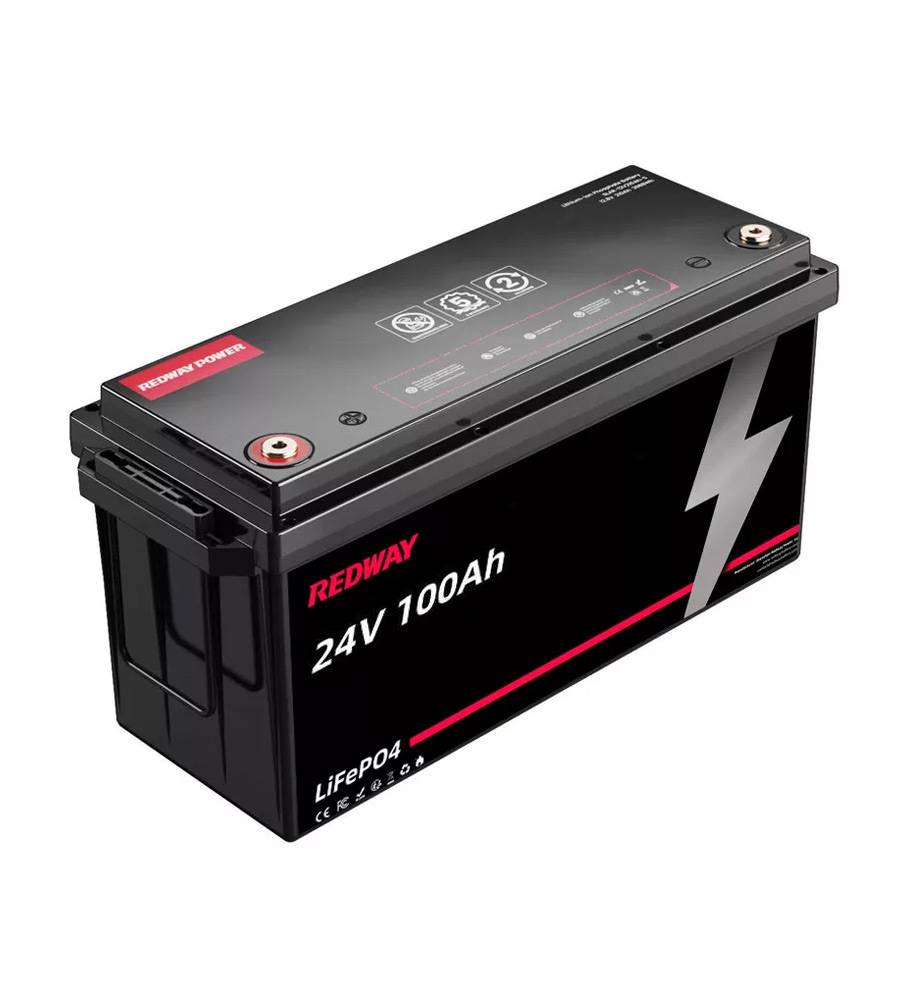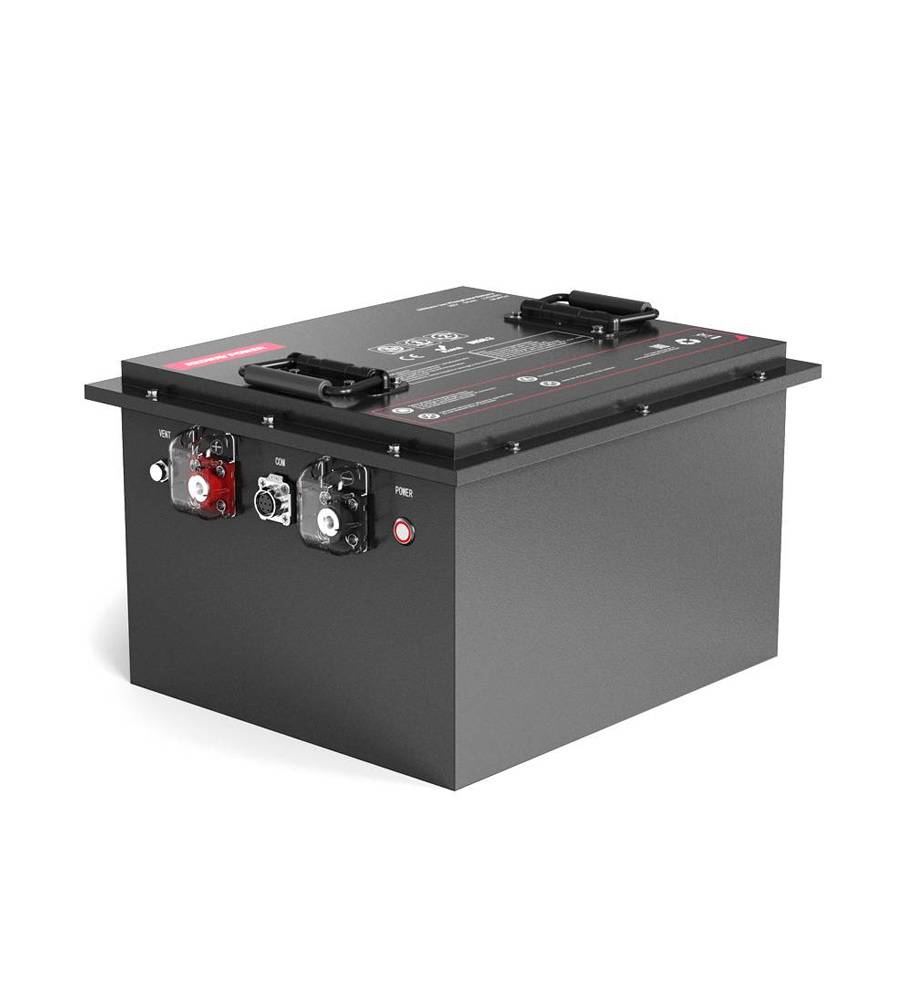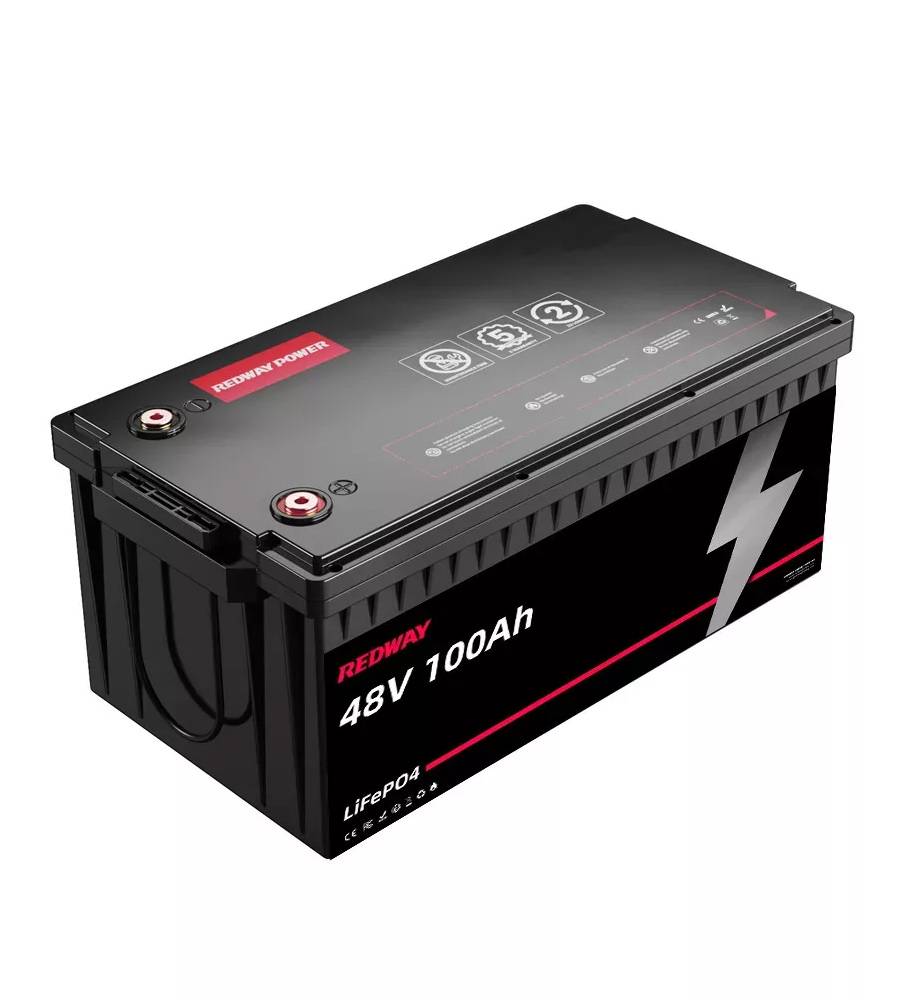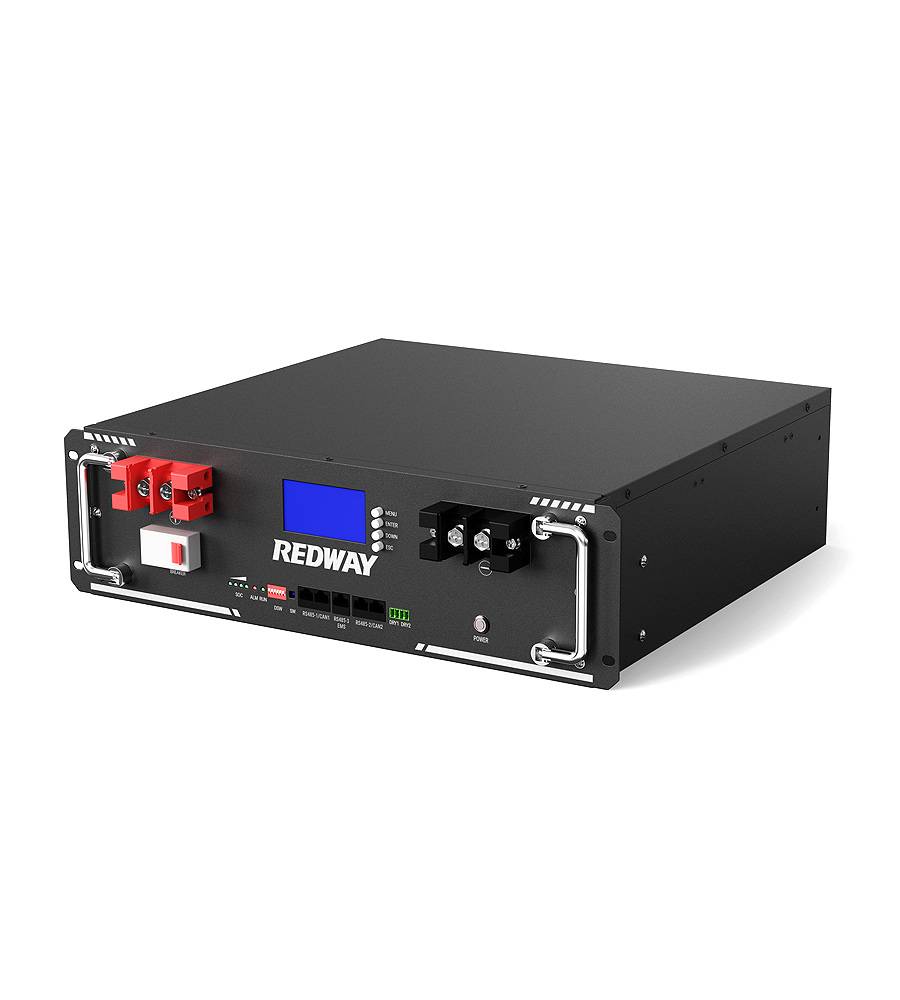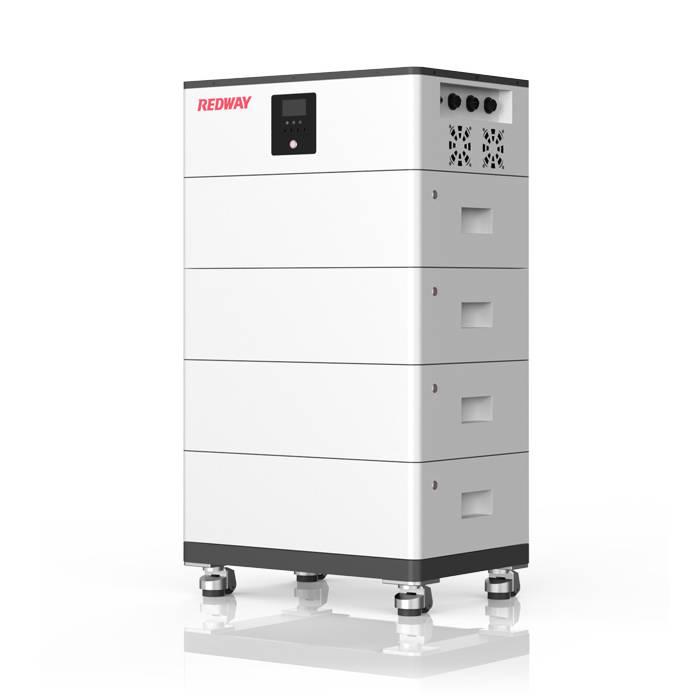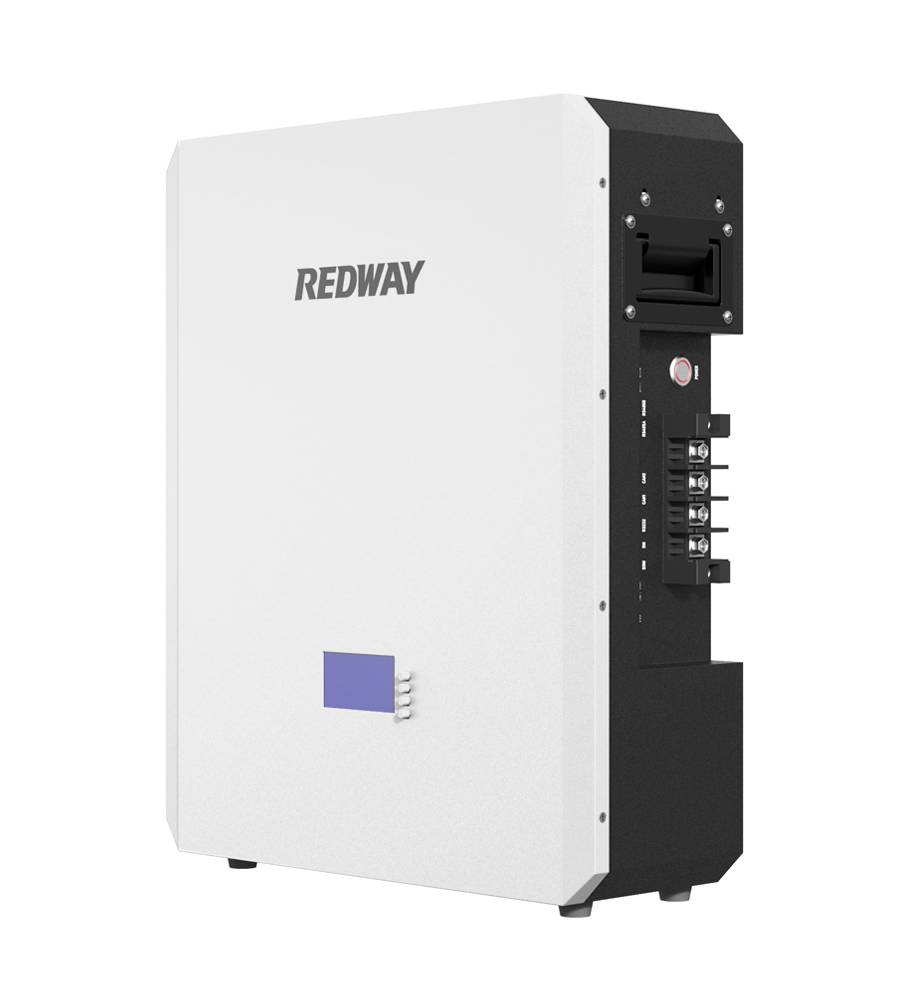- Forklift Lithium Battery
-
48V
- 48V 210Ah
- 48V 300Ah
- 48V 420Ah (949 x 349 x 569 mm)
- 48V 420Ah (950 x 421 x 450 mm)
- 48V 456Ah
- 48V 460Ah (830 x 630 x 590 mm)
- 48V 460Ah (950 x 421 x 450 mm)
- 48V 460Ah (800 x 630 x 600 mm)
- 48V 460Ah (820 x 660 x 470 mm)
- 48V 500Ah
- 48V 560Ah (810 x 630 x 600 mm)
- 48V 560Ah (950 x 592 x 450 mm)
- 48V 600Ah
- 48V 630Ah
-
48V
- Lithium Golf Cart Battery
- 12V Lithium Battery
12V 150Ah Lithium RV Battery
Bluetooth App | BCI Group 31
LiFePO4 Lithium
Discharge Temperature -20°C ~ 65°C
Fast Charger 14.6V 50A
Solar MPPT Charging - 24V Lithium Battery
- 36V Lithium Battery
- 48V Lithium Battery
-
48V LiFePO4 Battery
- 48V 50Ah
- 48V 50Ah (for Golf Carts)
- 48V 60Ah (8D)
- 48V 100Ah (8D)
- 48V 100Ah
- 48V 100Ah (Discharge 100A for Golf Carts)
- 48V 100Ah (Discharge 150A for Golf Carts)
- 48V 100Ah (Discharge 200A for Golf Carts)
- 48V 150Ah (for Golf Carts)
- 48V 160Ah (Discharge 100A for Golf Carts)
- 48V 160Ah (Discharge 160A for Golf Carts)
-
48V LiFePO4 Battery
- 60V Lithium Battery
-
60V LiFePO4 Battery
- 60V 20Ah
- 60V 30Ah
- 60V 50Ah
- 60V 50Ah (Small Size / Side Terminal)
- 60V 100Ah (for Electric Motocycle, Electric Scooter, LSV, AGV)
- 60V 100Ah (for Forklift, AGV, Electric Scooter, Sweeper)
- 60V 150Ah (E-Motocycle / E-Scooter / E-Tricycle / Tour LSV)
- 60V 200Ah (for Forklift, AGV, Electric Scooter, Sweeper)
-
60V LiFePO4 Battery
- 72V~96V Lithium Battery
- Rack-mounted Lithium Battery
- E-Bike Battery
- All-in-One Home-ESS
- Wall-mount Battery ESS
-
Home-ESS Lithium Battery PowerWall
- 24V 100Ah 2.4kWh PW24100-S PowerWall
- 48V 50Ah 2.4kWh PW4850-S PowerWall
- 48V 50Ah 2.56kWh PW5150-S PowerWall
- 48V 100Ah 5.12kWh PW51100-F PowerWall (IP65)
- 48V 100Ah 5.12kWh PW51100-S PowerWall
- 48V 100Ah 5.12kWh PW51100-H PowerWall
- 48V 200Ah 10kWh PW51200-H PowerWall
- 48V 300Ah 15kWh PW51300-H PowerWall
PowerWall 51.2V 100Ah LiFePO4 Lithium Battery
Highly popular in Asia and Eastern Europe.
CE Certification | Home-ESS -
Home-ESS Lithium Battery PowerWall
- Portable Power Stations
How to Choose the Best 24V Lithium Battery Charger?
Choosing the best 24V lithium battery charger involves understanding compatibility, safety features, charging current, and environmental factors that affect performance. This guide will help you navigate these considerations to select an optimal charger for your lithium battery needs.
What is a 24V Lithium Battery Charger?
A 24V lithium battery charger is specifically designed to recharge lithium batteries rated at 24 volts, ensuring that the charging process is efficient and safe. These chargers use advanced technology to regulate voltage and current, preventing overcharging and maximizing battery lifespan.Chart: Overview of a 24V Lithium Battery Charger
| Feature | Description |
|---|---|
| Voltage Output | Fixed at 24V for compatibility |
| Current Regulation | Controls flow of electricity during charging |
| Safety Mechanisms | Prevents overcharging and overheating |
What Factors Should You Consider When Choosing a 24V Lithium Battery Charger?
When selecting a charger, consider several critical factors:
- Voltage Compatibility: Ensure that the charger’s output voltage matches your battery’s specifications.
- Charging Current: Select a charger with an appropriate current rating based on your battery capacity and desired charging speed.
- Charging Modes: Look for chargers that offer multiple modes (e.g., fast charge, trickle charge) for flexibility.
How Do You Ensure Compatibility with Your Lithium Battery?
To ensure compatibility:
- Check the voltage rating of your lithium battery; it should match the charger’s output (e.g., both should be 24V).
- Verify that the charger is designed specifically for lithium batteries, as different chemistries require different charging profiles.
- Consider the amp-hour (Ah) rating of your battery to choose a charger that can handle its capacity effectively.
Chart: Compatibility Checklist
| Parameter | Requirement |
|---|---|
| Voltage | Must match (e.g., 24V) |
| Chemistry | Must be compatible with lithium technology |
| Capacity | Charger must support amp-hour rating |
What Are the Safety Features to Look for in a Charger?
Safety features are essential when choosing a charger:
- Overcharge Protection: Prevents damage by disconnecting power once the battery is fully charged.
- Short Circuit Protection: Safeguards against electrical faults that could lead to fires or explosions.
- Temperature Control: Monitors and regulates temperature during charging to prevent overheating.
Chart: Essential Safety Features
| Safety Feature | Function |
|---|---|
| Overcharge Protection | Disconnects power at full charge |
| Short Circuit Protection | Prevents dangerous electrical faults |
| Temperature Control | Ensures safe operating temperatures |
How Does Charging Current Affect Battery Performance?
The charging current impacts both charging speed and battery health:
- A higher current can reduce charging time but may generate excess heat, potentially shortening battery lifespan if not managed properly.
- Conversely, a lower current may extend charging time but can enhance overall battery health by minimizing stress during the process.
Chart: Effects of Charging Current
| Current Level | Charging Speed | Impact on Lifespan |
|---|---|---|
| Low (1A – 5A) | Slower | Generally better for lifespan |
| Medium (5A – 10A) | Moderate | Balanced approach |
| High (10A+) | Faster | Risk of overheating |
What Types of Chargers Are Available for 24V Lithium Batteries?
There are several types of chargers available:
- Standard Chargers: Basic models that provide fixed voltage and current outputs.
- Smart Chargers: Advanced chargers that adjust voltage and current based on real-time battery status.
- Solar Chargers: Designed for off-grid applications, allowing you to charge batteries using solar energy.
How Can Environmental Conditions Impact Charging Efficiency?
Environmental factors play a significant role in charging efficiency:
- Extreme temperatures can affect both charging speed and battery performance; ideally, charge batteries at room temperature (20°C – 25°C).
- High humidity can lead to corrosion in electrical components; ensure chargers are used in dry environments.
Chart: Environmental Impact on Charging
| Condition | Effect on Charging Efficiency |
|---|---|
| High Temperature | Risk of overheating |
| Low Temperature | Slower chemical reactions |
| High Humidity | Increased risk of corrosion |
What Are Common Mistakes to Avoid When Choosing a Charger?
Avoid these common mistakes:
- Selecting a charger without verifying voltage compatibility.
- Ignoring safety features which could lead to hazardous situations.
- Underestimating the importance of proper charging current relative to battery capacity.
How to Choose the Right Charging Technology for Your Needs?
Consider these aspects when selecting charging technology:
- Determine whether you need fast charging capabilities or if slower rates suffice.
- Evaluate whether you require smart technology that provides real-time updates on charging status.
What Maintenance Is Required for 24V Lithium Battery Chargers?
To ensure longevity:
- Regularly inspect connections and cables for wear or damage.
- Keep chargers clean and free from dust or moisture.
- Monitor performance periodically to identify any issues early.
How Do Smart Chargers Enhance Charging Processes?
Smart chargers offer several advantages over traditional models:
- They automatically adjust voltage and current based on battery conditions, optimizing performance.
- Many come equipped with features such as app connectivity, allowing users to monitor charge status remotely.
Expert Views”Selecting the right charger is crucial not just for efficiency but also for ensuring safety and prolonging the life of your lithium batteries,” says Dr. Emily Carter, an expert in energy storage solutions.
FAQ Section
- What should I look for in a 24V lithium battery charger?
- Key factors include voltage compatibility, safety features, and appropriate charging current ratings.
- Can I use any charger for my lithium battery?
- No, always use chargers specifically designed for lithium batteries to avoid damage.
- How does temperature affect my charger’s performance?
- Extreme temperatures can impact both efficiency and safety; ideal conditions are between 20°C – 25°C.
- What happens if I use an incorrect charger?
- Using an incompatible charger can lead to overcharging or undercharging, potentially damaging your battery.
- Are smart chargers worth it?
- Yes, they provide enhanced monitoring capabilities and optimize charging processes based on real-time data.



